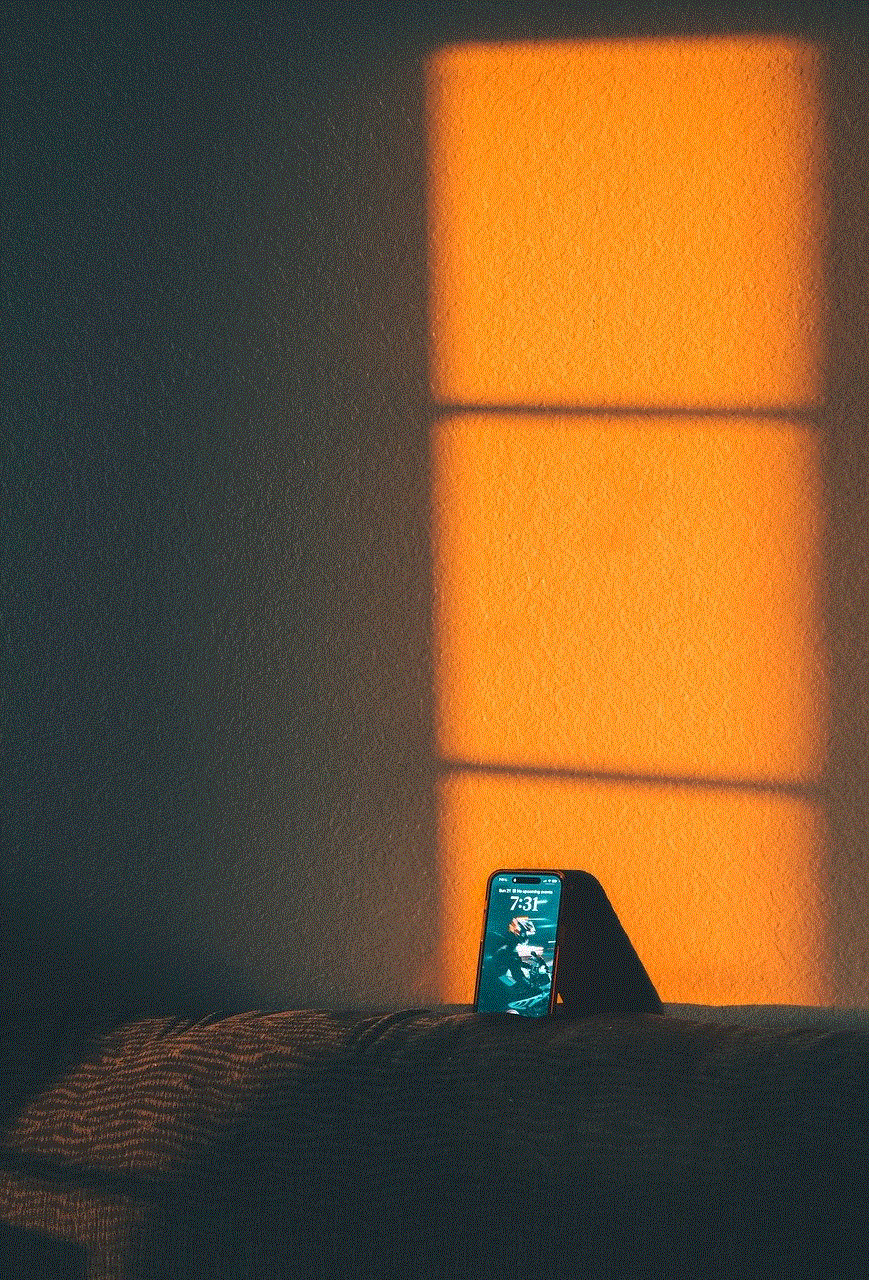can you have two wifi routers in one house
In today’s world, having a stable and reliable internet connection is crucial for almost every household. With the rise of smart devices and the increasing demand for online activities, having just one wifi router in a house may not be enough to provide sufficient coverage and speed for all the devices. This is where the question arises: can you have two wifi routers in one house? The short answer is yes, you can. However, there are certain factors to consider before setting up multiple wifi routers in your home. In this article, we will discuss the benefits and drawbacks of having two wifi routers in one house, as well as provide a step-by-step guide on how to set it up.
Benefits of having two wifi routers in one house:
1. Better Coverage: The primary benefit of having two wifi routers in one house is better coverage. A single router may not be able to provide sufficient coverage for larger homes or multi-story buildings, resulting in dead spots where the wifi signal is weak or non-existent. By setting up two routers, you can extend the range of your wifi network and eliminate dead spots, allowing you to have a strong and stable connection throughout your house.
2. Increased Bandwidth: Another advantage of having two wifi routers is increased bandwidth. With multiple devices connected to a single router, the bandwidth is divided and can result in slower internet speeds. By adding another router, you can distribute the devices between the two networks, reducing the load on each and providing faster internet speeds.
3. Separating Networks: Setting up two wifi routers in one house also allows you to create two separate networks. This can be beneficial for families with children or roommates who want to have their own network for privacy reasons. It also allows you to limit access to certain devices or websites on one network while keeping the other network open for unrestricted use.
4. Flexibility: Having two wifi routers in one house gives you more flexibility in terms of placement. Instead of being restricted to a single location for your router, you can strategically place the two routers at different spots in your house, ensuring better coverage and stronger signals in all areas.
Drawbacks of having two wifi routers in one house:
1. Cost: The most obvious drawback of having two wifi routers in one house is the cost. Buying an additional router means spending extra money, and if you opt for a high-end router, the cost can add up significantly. Moreover, you may also need to purchase additional cables or a wifi extender to connect the two routers, which can further increase the cost.
2. Complicated Setup: Setting up two wifi routers in one house can be a bit complicated, especially for those who are not tech-savvy. You need to ensure that the routers are configured correctly and that the two networks do not interfere with each other. This may require some technical knowledge and can be time-consuming.
3. Network Congestion: While having two wifi routers can increase bandwidth, it can also lead to network congestion. If both routers are placed in close proximity, they may interfere with each other’s signals, resulting in a slower connection. Moreover, if the two networks overlap, it can cause interference and result in connectivity issues.
Now that we have discussed the benefits and drawbacks of having two wifi routers in one house, let’s take a look at how you can set it up.
Step-by-Step Guide:
Step 1: Choose your routers: Before setting up two wifi routers, you need to choose the right ones. Make sure that the two routers are compatible with each other and have the same wifi standards (802.11ac, 802.11n, etc.). You may also want to consider routers with different frequency bands (2.4GHz and 5GHz) to avoid interference.
Step 2: Plan the placement: The next step is to plan the placement of the two routers. You want to place them in different locations to ensure better coverage. Ideally, one router should be placed on the lower level, and the other on the upper level of your house. You may also want to consider placing one router near the modem for a wired connection.
Step 3: Configure the primary router: Connect the primary router to your modem using an ethernet cable. Once connected, log in to the router’s admin panel and configure the wifi settings. Set the SSID (network name) and password for the network. You may also want to change the channel to avoid interference with neighboring networks.
Step 4: Configure the secondary router: Now it’s time to configure the secondary router. Connect it to a power source and connect it to the primary router using an ethernet cable. Log in to the admin panel of the secondary router and disable the DHCP server. This will ensure that the primary router assigns IP addresses to all devices connected to the network.
Step 5: Configure the wireless settings: In the admin panel of the secondary router, you need to configure the wireless settings. Set a different SSID and password for the network to avoid confusion. You may also want to choose a different channel for the secondary network to avoid interference with the primary network.
Step 6: Connect the secondary router: Once the settings are configured, disconnect the ethernet cable from the secondary router and connect it to a power source. Place it in the desired location, and the secondary network should now be up and running.
Step 7: Test the connections: After setting up the two networks, it’s essential to test the connections to ensure everything is working correctly. Connect your devices to the primary and secondary networks and check the signal strength and internet speed. If everything is working correctly, you should now have two separate networks in your house.
Step 8: Troubleshooting: If you face any connectivity issues, you may need to troubleshoot the setup. Make sure that the two networks are not overlapping, and there is no interference between them. You may also want to try changing the channels to improve the signal strength.
Conclusion:
Having two wifi routers in one house can be beneficial for those who need better coverage and increased bandwidth. It allows you to have two separate networks and provides more flexibility in terms of placement. However, it does come with a few drawbacks, such as the initial cost and complicated setup process. If you decide to set up two wifi routers in your house, make sure to choose the right routers, plan the placement carefully, and follow the step-by-step guide to ensure a smooth setup process.
entomophobia symptoms
Entomophobia, also known as insectophobia, is a specific phobia characterized by an intense and irrational fear of insects. This fear can be debilitating for those who suffer from it, often leading to avoidance behaviors and significant distress in everyday life. In this article, we will explore the symptoms of entomophobia, its causes, and potential treatment options.



1. Introduction and Definition
Entomophobia is derived from the Greek words “entomon” (meaning insect) and “phobos” (meaning fear). It is classified as a specific phobia, which is a type of anxiety disorder characterized by an excessive or irrational fear of a specific object or situation. In the case of entomophobia, the fear is directed towards insects.
2. Symptoms of Entomophobia
The symptoms of entomophobia can vary in severity and may manifest both physically and emotionally. Some common symptoms include:
– Intense anxiety or panic attacks when exposed to insects or even just thinking about them.
– Rapid heartbeat, shortness of breath, and sweating.
– Trembling or shaking.
– Feeling nauseous or having an upset stomach.
– Dizziness or feeling lightheaded.
– A strong desire to escape or avoid situations where insects may be present.
– Difficulty concentrating or thinking clearly.
– Sleep disturbances and nightmares related to insects.
– Feeling a loss of control or fear of going crazy when faced with insects.
3. Causes of Entomophobia
The exact causes of entomophobia are not fully understood, but it is believed to be a combination of genetic, environmental, and psychological factors. Some potential causes include:
– Traumatic experiences: A negative or traumatic experience with insects, such as being bitten or stung, can trigger the development of entomophobia.
– Learned behavior: Observing someone close to you displaying fear or anxiety towards insects can influence your own perception and reaction.
– Media influence: Frequent exposure to negative portrayals of insects in movies, books, or news reports can contribute to the development of entomophobia.
– Genetic predisposition: Some individuals may have a genetic predisposition to anxiety disorders, including phobias.
4. Impact on Daily Life
Entomophobia can have a significant impact on an individual’s daily life, as it often leads to avoidance behaviors and a decrease in quality of life. Some common ways in which entomophobia can affect daily life include:
– Avoiding outdoor activities or locations where insects are likely to be present, such as parks or gardens.



– Difficulty traveling to certain destinations, especially tropical areas known for their insect populations.
– Fear of going outside during certain seasons when insects are more prevalent.
– Difficulty participating in social activities, such as picnics, camping trips, or outdoor events.
– Occupational limitations if the individual’s job requires interaction with insects, such as gardeners or entomologists.
5. Diagnosis of Entomophobia
To diagnose entomophobia, a mental health professional will conduct a thorough evaluation, including a detailed assessment of symptoms and their impact on daily life. The Diagnostic and Statistical Manual of Mental Disorders (DSM-5) provides criteria for diagnosing specific phobias, including entomophobia.
6. Treatment Options for Entomophobia
Fortunately, entomophobia is a treatable condition, and there are several effective treatment options available. Some common approaches include:
– Cognitive-behavioral therapy (CBT): This form of therapy focuses on identifying and changing negative thought patterns and behaviors associated with the fear of insects. Exposure therapy, a specific technique within CBT, gradually exposes the individual to their fear in a controlled and safe environment, helping them to build tolerance and reduce anxiety.
– Medication: In some cases, medication may be prescribed to help manage anxiety symptoms. This may include selective serotonin reuptake inhibitors (SSRIs) or anti-anxiety medications.
– Support groups: Joining a support group or seeking counseling can provide individuals with a safe space to share their experiences, learn coping strategies, and gain support from others who can relate to their fears.
– Self-help techniques: There are various self-help techniques that can be beneficial in managing entomophobia, such as deep breathing exercises, progressive muscle relaxation, and mindfulness meditation.
7. Prevention and Coping Strategies
While it may not always be possible to prevent entomophobia, there are certain strategies that can help cope with the fear of insects:
– Educate yourself: Learning more about insects can help dispel myths and misconceptions, providing a more realistic perspective on their behavior and potential harm.
– Gradual exposure: Gradually exposing yourself to insects in small, controlled steps can help desensitize your fear response over time. Start with pictures, then move on to observing insects from a distance, and eventually work your way up to closer interactions.
– Seek support: Talk to friends, family, or a mental health professional about your fears. They can provide support, guidance, and encouragement throughout your journey to overcome entomophobia.
8. Overcoming Entomophobia
Overcoming entomophobia may take time and effort, but it is possible with the right treatment and support. It is important to remember that everyone’s progress is unique, and what works for one person may not work for another. Patience, perseverance, and a willingness to face your fears are key to overcoming entomophobia.
9. Other Similar Phobias



Entomophobia is just one example of a specific phobia, and there are numerous other phobias related to specific objects or situations. Some examples include arachnophobia (fear of spiders), ophidiophobia (fear of snakes), and acrophobia (fear of heights). Although the specific fear may differ, the underlying mechanisms and treatment approaches are often similar.
10. Conclusion
Entomophobia, or the fear of insects, can be a debilitating condition that significantly impacts an individual’s quality of life. However, with the right treatment and support, it is possible to overcome this fear and regain control. Whether through therapy, medication, or self-help techniques, there are various options available to help individuals manage and eventually conquer their entomophobia. If you or someone you know is struggling with this fear, reach out to a mental health professional for guidance and support. Remember, you are not alone, and help is available.